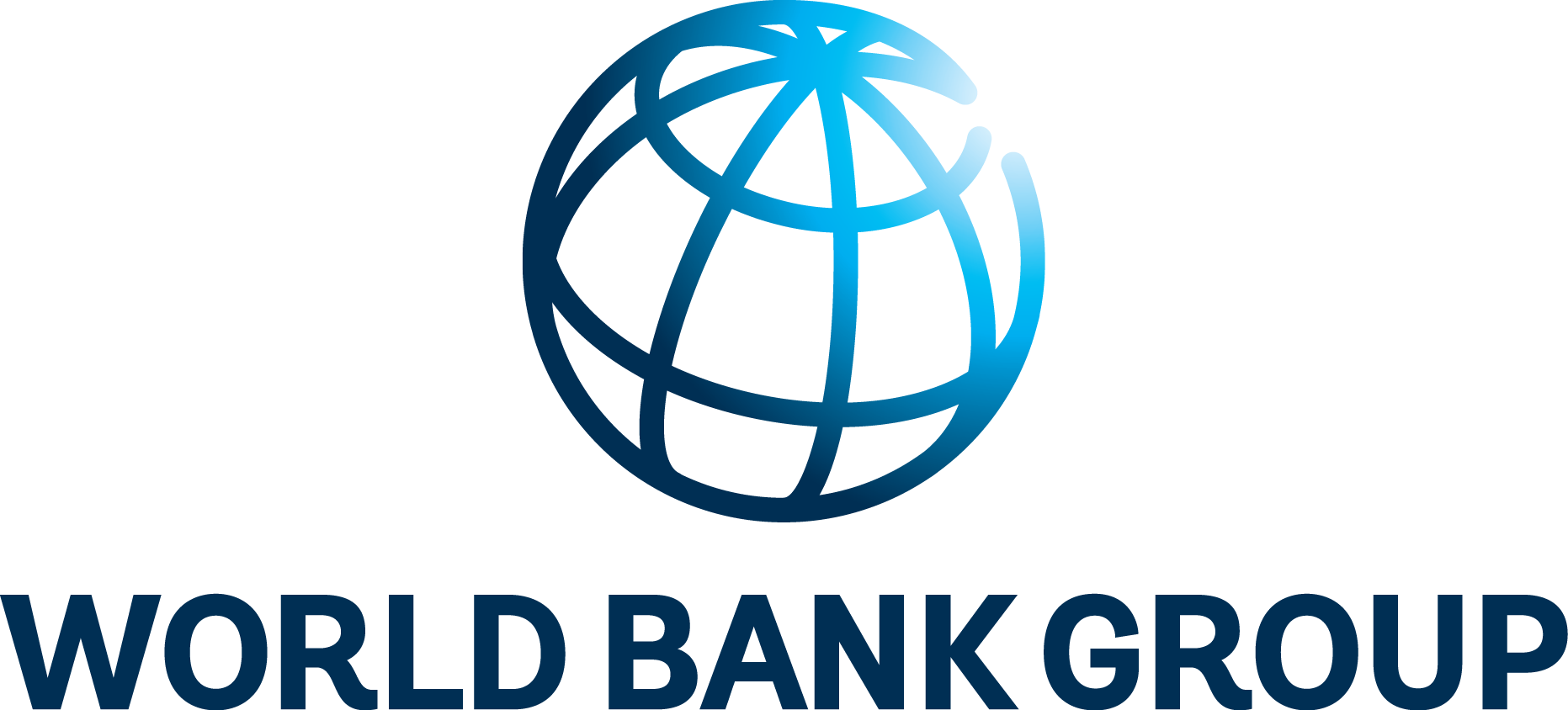The World Bank is a vital source of financial and technical assistance to developing countries around the world. We are not a bank in the ordinary sense but a unique partnership to reduce poverty and support development. The World Bank Group has two ambitious goals: End extreme poverty within a generation and boost shared prosperity.
- To end extreme poverty, the Bank's goal is to decrease the percentage of people living on less than $1.25 a day to no more than 3% by 2030.
- To promote shared prosperity, the goal is to promote income growth of the bottom 40% of the population in each country.
The World Bank Group comprises five institutions managed by their member countries.
The World Bank Group and Land: Working to protect the rights of existing land users and to help secure benefits for smallholder farmers
The World Bank (IBRD and IDA) interacts primarily with governments to increase agricultural productivity, strengthen land tenure policies and improve land governance. More than 90% of the World Bank’s agriculture portfolio focuses on the productivity and access to markets by small holder farmers. Ten percent of our projects focus on the governance of land tenure.
Similarly, investments by the International Finance Corporation (IFC), the World Bank Group’s private sector arm, including those in larger scale enterprises, overwhelmingly support smallholder farmers through improved access to finance, inputs and markets, and as direct suppliers. IFC invests in environmentally and socially sustainable private enterprises in all parts of the value chain (inputs such as irrigation and fertilizers, primary production, processing, transport and storage, traders, and risk management facilities including weather/crop insurance, warehouse financing, etc
For more information, visit the World Bank Group and land and food security (https://www.worldbank.org/en/topic/agriculture/brief/land-and-food-security1
Resources
Displaying 1716 - 1720 of 4907Impact of Costa Rica's Program of Payments for Environmental Services on Land Use
Costa Rica's Program of Payments
for Environmental Services (Pago de Servicios Ambientales,
PSA) provides a unique opportunity to evaluate direct
payments as a conservation policy tool. This paper reports
evidence on how much more forest has been conserved in Costa
Rica as a result of PSA contracts with landowners. Such
evidence requires estimating a counterfactual outcome: how
much forest would have been preserved if there had been no
El Salvador Country Land Assessment
This study assesses the alignment of
land use, land tenure, and land market outcomes in El
Salvador with public policy aspirations in recent decades
for efficient, inclusive, and environmentally sustainable
development in both urban and rural spaces. In doing so the
study indirectly gauges the effectiveness of land sector
institutions in facilitating such developmental outcomes in
agricultural production, urbanization, and forest
Agriculture Trade and Price Policy in Pakistan
This policy paper focuses on the
incentive framework for Pakistani agriculture, with emphasis
on trade and price policies. It first presents a synthesis
of major trends in the performance of the sector and
analyzes Pakistan's extraordinarily complex, opaque and
discretionary, and continually-changing trade regime. It
presents a disaggregated analysis of the border measures for
the selected products (trade and price interventions vary by
Agriculture and Water Policy : Toward Sustainable Inclusive Growth
This paper reviews Pakistan's
agriculture performance and analyzes its agriculture and
water policies. It discusses the nature of rural poverty and
emphasizes the reasons why agricultural growth is a critical
component to any pro-poor growth strategy for Pakistan. It
supports these arguments by summarizing key results from
recent empirical analysis where the relative benefits of
agricultural versus non-agricultural led growth are
Pakistan : Path to Rapid Growth and Job Creation
Pakistan's rebound from the global
financial crisis has been slow and fragile, and unless it
changes course swiftly, it could face the prospects of a
second balance of payments crisis in less than five years.
Its recovery from the 2008-09 global financial crisis has
been the weakest in South Asia, featuring a unique
double-dip growth pattern. With high fertility, Pakistan
will double the size of its already young population by






